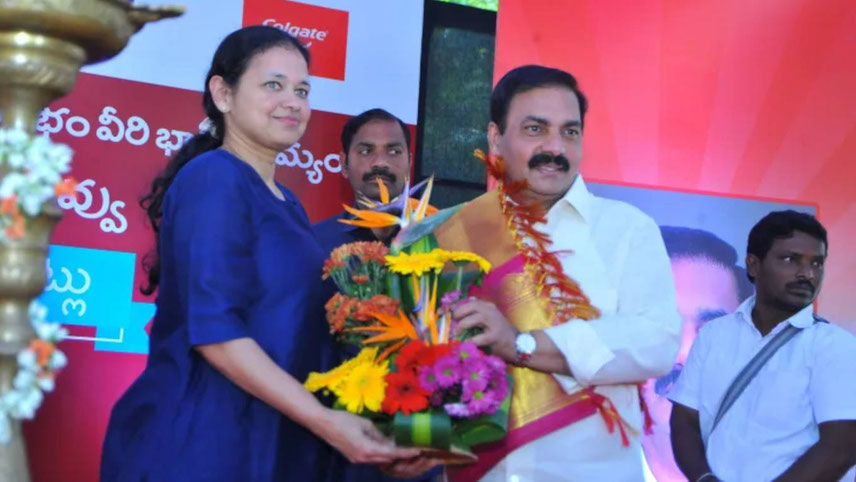When an individual fall sick, the home physician is the first port of call. And only when the sickness becomes serious is he rushed to the hospital and in some extreme cases, surgery is done. Likewise, in corporate sickness, the government has, over the years, tried various methods to try and revive companies and nurse them back to health. It is an ongoing process with new techniques in medical science and methods being introduced continuously. The Sick Industrial Companies Act of 1985 (SICA) was enacted in 1985 to determine early signs of sickness in a loss-making company which had seen erosion in net worth by more than 50 per cent. This was followed by the setting up of The Board for Industrial Financial Reconstruction in 1987. The aim of BIFR was to revive sick and loss-making companies and give them a chance to recover. SICA and BIRF were repealed in late 2016. One of the reasons was the lengthy time taken in resolving the issues and the pile-up of cases under SICA. The earlier act was repealed by setting up the National Company Law Tribunal (NCLT) and National Company Appellate Tribunal under the Company Act 2013. The earlier objectives of the bodies were to hear matters of M&A, amalgamation and revival and rehabilitation of companies. The scope was further widened by the enactment of the Insolvency and Bankruptcy Code 2016, prescribing any corporate insolvency matter to be initiated under NCLT. The pandemic-like rise in non-performing assets in the banking sector saw RBI directing banks to take action against big defaulters who were not able to meet their commitment and have defaulted. Corporate restricting and rehabilitation were the principle while maximisation of value for financial creditors in the case of insolvency was the embedded object. NCLT did resolve some large cases referred to it by effecting changes in the management and banks taking steep cuts in their secured debts. Without going into the success or failure of NCLT (this is a matter of debate at a later stage) the fact remains that the NCLT is bogged down heavily with unresolved cases. To expedite resolution of cases under the NCLT, there are two suggestions being currently widely discussed. One is to allow prepack process in resolving cases with the prior consent of the NCLT. This requires the approval of more than 50 per cent of creditors, shareholders and debtors. The MS Sahoo Committee set up under the Insolvency and Bankruptcy Board of India has already sent a report and this is under consideration of the government. Prepack essentially allows promoters to ink agreements with the creditors and sort out the issues and nurse the company back to health to enable creditors to get a reasonably good value and certainly more than if the case was referred to NCLT and sent to liquidation. Prepack, in a way, is similar to SICA and BIFR, which was in practice earlier. In the US also, prior to a company being referred to for protection under Chapter 11, such a pre-negotiated led revival is in vogue. Some other countries also have prepack initiatives. During the pandemic several businesses have been impacted through no fault of the promoters. And once these cases are allowed to be referred to NCLT post the temporary reprieve given by the government, pre-packaged initiatives may be given a chance.
-

Illustration: Panju Ganguli

































